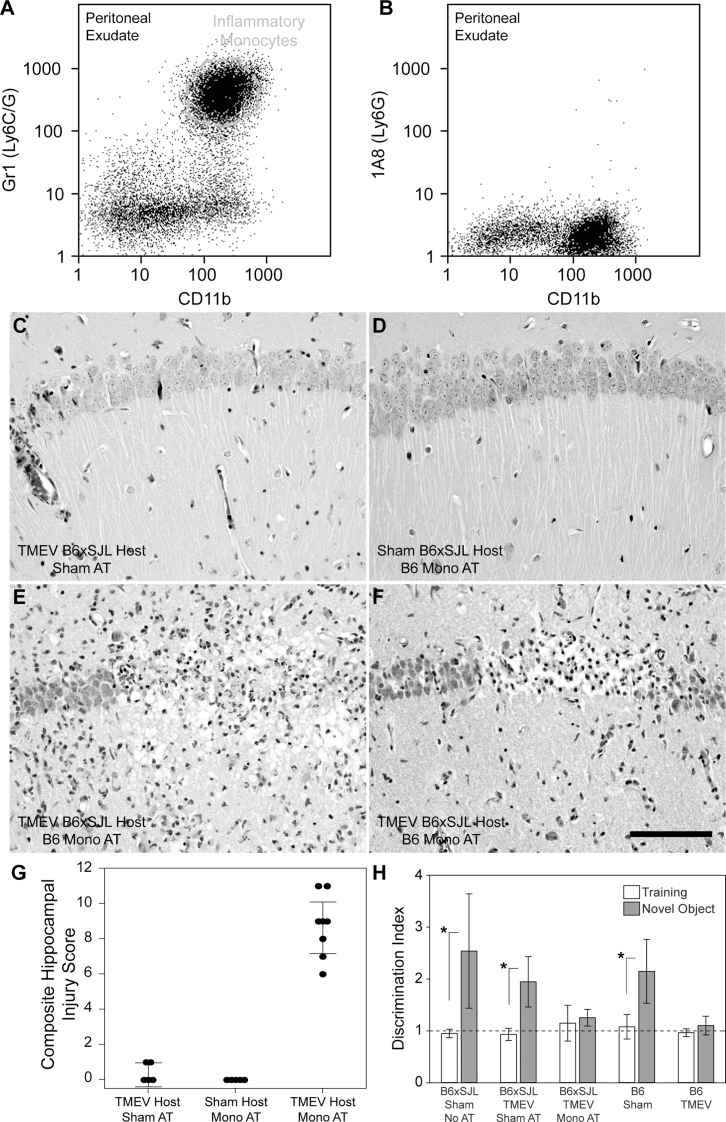Figure 8. Adoptive transfer of B6 inflammatory monocytes into acutely infected B6xSJL F1 mice results in hippocampal pathology and disruption of cognitive function.
Inflammatory monocytes (CD45hiCD11b+Gr1+1A8−) collected at a 1.080 g/mL Percoll gradient from the peritoneal exudate of mineral oil-treated B6 mice (A, B) were adoptively transferred into B6xSJL F1 hosts and hippocampal pathology was assessed 6 days later (G). Infected B6xSJL F1 hosts that received a sham adoptive transfer (PBS, no cells) exhibited very little hippocampal injury (C). Likewise, uninfected B6xSJL F1 hosts that received 106 peritoneal inflammatory monocytes showed no evidence of hippocampal damage (D). In contrast, adoptive transfer of 106 peritoneal inflammatory monocytes into B6xSJL F1 hosts at 18–24 hpi caused considerable hippocampal injury (two representative animals shown in E and F). Cognitive performance was assessed following adoptive transfer (H). Infected B6xSJL F1 hosts were assessed in a novel object recognition test 14 days (equivalent to 15 dpi) after receiving an adoptive transfer of 106 peritoneal inflammatory monocytes (“Mono AT”) or a sham adoptive transfer (“Sham AT”). The discrimination index (DI) represents the ratio of time spent investigating a novel object compared to a familiar object. A DI of 1 indicates equal time spent with both objects, indicating no memory for the familiar object. While cognitive function (memory of the familiar object) was preserved in the sham transfer B6xSJL F1 group (equivalent to uninfected B6xSJL F1 mice receiving no transfer and uninfected B6 mice), B6xSJL F1 mice receiving inflammatory monocytes by adoptive transfer exhibited the same loss of test performance observed in B6 mice at 15 dpi (B6 TMEV). Scale bar in F is 100 µm and refers to C–F. The pathology is representative of at least 5 mice per condition in 3 separate experiments. The error bars in G are centered on the mean hippocampal injury score and show the 95% CI for each group. The error bars in H are centered on the mean discrimination index and show 95% CI. The dashed line in H shows a DI equivalent to no recognition of the novel object.

